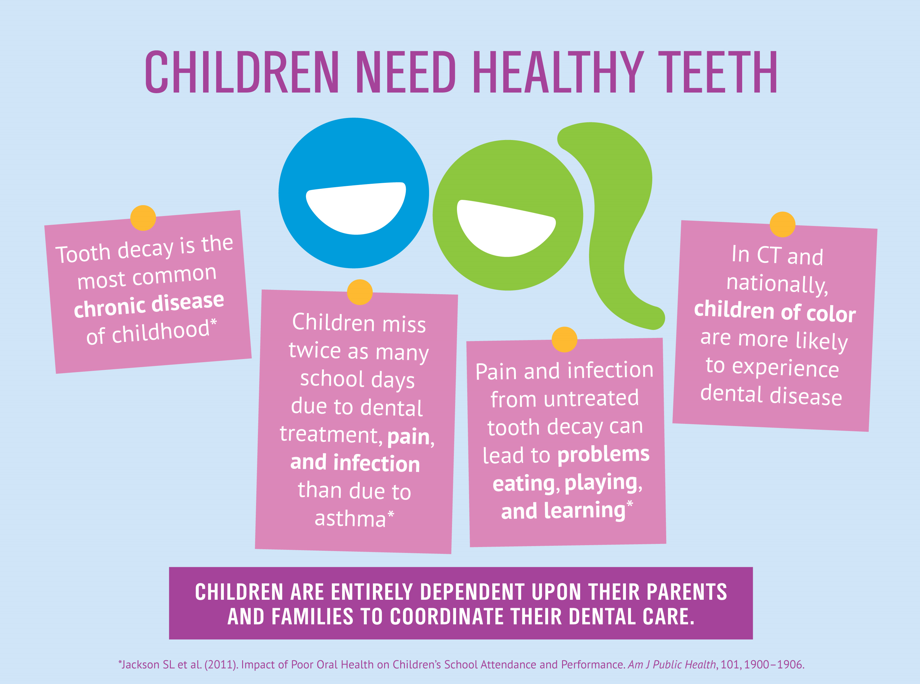The Development Of Dental Surgery: Arising Developments And Growths Changing The Discipline
The Development Of Dental Surgery: Arising Developments And Growths Changing The Discipline
Blog Article
Web Content Composed By-Foldager Browne
Invite to the globe of dental surgery, where advancements and developments are shaping the future of the area! In this interesting world, you'll witness the transformative power of robotics, the cutting-edge marvel of 3D printing, and the game-changing impact of minimally invasive strategies.
The future of oral surgery holds a promise of precision, effectiveness, and improved patient outcomes. With the help of advanced robotics, doctors are able to carry out complicated procedures with higher accuracy and control.
3D printing modern technology is changing the creation of oral implants and prosthetics, providing tailored solutions that fit effortlessly into each patient's one-of-a-kind anatomy.
In addition, minimally intrusive strategies are minimizing post-operative discomfort and healing time, enabling individuals to return to their day-to-days live earlier.
Prepare to check out the exciting advancements and breakthroughs that are reshaping the landscape of oral surgery!
Developments in Robotics
One significant advancement in dental surgery is making use of robotic innovation, which enables accurate and efficient surgeries. With family and dental of robotic systems, dental specialists have the ability to do complex surgeries with improved accuracy, reducing the risk of human mistake.
These robotic systems are equipped with advanced imaging technology and accurate tools that make it possible for cosmetic surgeons to browse via intricate physiological frameworks with ease. By making use of robotic modern technology, doctors can attain better medical accuracy, leading to enhanced person end results and faster recuperation times.
In addition, using robotics in dental surgery allows for minimally intrusive treatments, reducing the injury to surrounding cells and promoting faster healing.
3D Printing in Oral Surgery
To improve the field of dental surgery, you can explore the subtopic of 3D printing in dental surgery. This cutting-edge modern technology has the possible to transform the way dental specialists run and treat clients. early childhood caries treatment are four essential methods which 3D printing is shaping the area:
- ** Customized Surgical Guides **: 3D printing enables the production of very precise and patient-specific medical overviews, enhancing the precision and performance of treatments.
- ** Implant Prosthetics **: With 3D printing, oral cosmetic surgeons can develop tailored dental implant prosthetics that flawlessly fit a person's distinct makeup, resulting in much better outcomes and individual satisfaction.
- ** Bone Grafting **: 3D printing allows the production of patient-specific bone grafts, decreasing the need for typical grafting methods and enhancing healing and recuperation time.
- ** Education and Educating **: 3D printing can be utilized to develop sensible medical designs for academic purposes, permitting oral doctors to exercise complicated procedures prior to executing them on clients.
With https://rafaelrmhau.loginblogin.com/40193342/with-time-real-cost-of-oral-implants-versus-dentures-and-bridges-might-stun-you-discover-which-choice-supplies-the-most-effective-lasting-worth to boost accuracy, personalization, and training, 3D printing is an exciting advancement in the field of dental surgery.
Minimally Invasive Strategies
To even more advance the area of oral surgery, embrace the potential of minimally invasive strategies that can considerably profit both specialists and people alike.
Minimally intrusive strategies are revolutionizing the area by lowering surgical injury, lessening post-operative discomfort, and accelerating the healing procedure. These techniques entail making use of smaller sized incisions and specialized tools to carry out procedures with accuracy and efficiency.
By utilizing sophisticated imaging modern technology, such as cone beam calculated tomography (CBCT), specialists can accurately plan and execute surgical procedures with marginal invasiveness.
In addition, making use of lasers in oral surgery permits accurate tissue cutting and coagulation, causing decreased blood loss and minimized healing time.
With minimally intrusive strategies, patients can experience much faster healing, lowered scarring, and improved end results, making it an essential element of the future of oral surgery.
Conclusion
So, as you can see, the future of oral surgery is incredibly encouraging, with amazing advancements and developments shaping the field.
From the advancements in robotics to the use of 3D printing and minimally intrusive strategies, oral surgeons are transforming the method they give treatment.
While some may fret about the possible price associated with these innovations, it is very important to bear in mind that these modern technologies ultimately improve client end results and reduce recuperation time, making them well worth the financial investment in the future.
